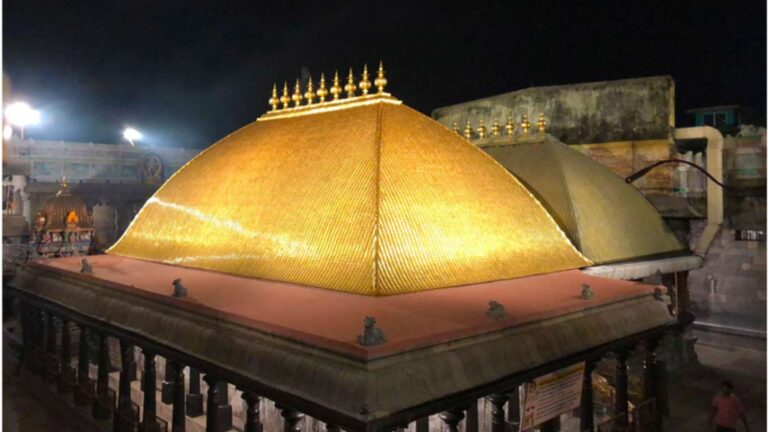The one-rupee note is the only Indian currency note issued by the Government of India, not the Reserve Bank of India (RBI). Unlike other notes, which bear the RBI Governor’s signature, the one-rupee note carries the signature of the Finance Secretary.
This distinction exists because the RBI Act, 1934 (Section 22) authorizes the RBI to issue banknotes of all denominations except the one-rupee note. The Coinage Act, 2011 treats the one-rupee note as a coin in paper form, placing it under the Ministry of Finance’s jurisdiction—just like coins.
Originally introduced in 1917 during British rule to conserve metal in World War I, the one-rupee note was discontinued in 1926, revived in 1940, and continued post-independence with government issuance. Production stopped in 1994 due to high printing costs and resumed in 2015, bearing the signature of Rajiv Mehrishi, then Finance Secretary.
Design-wise, it lacks the RBI’s promise clause and instead reads “भारत सरकार” (Government of India). It features a pink-green color, the ₹ symbol, and text in Indian languages, emphasizing its role as a sovereign issue (issued directly by the Government of India (through the Ministry of Finance) distinct from RBI notes.



